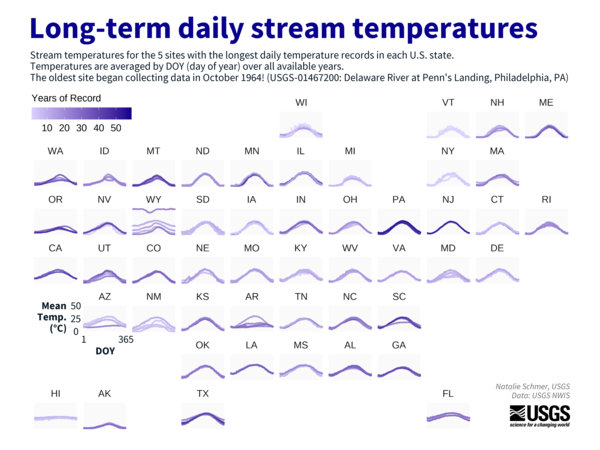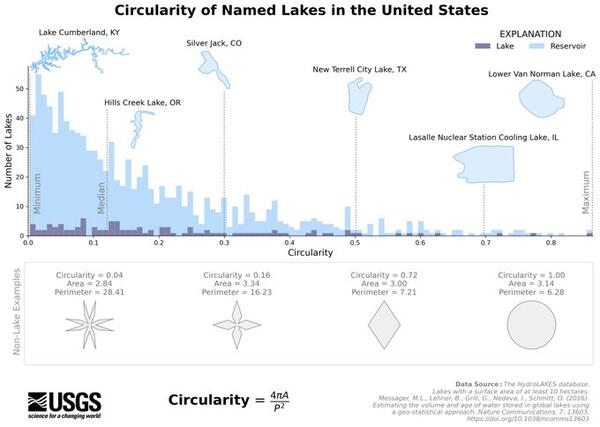Uncertainties: local change - How will climate change affect the timing of fish spawning? (image 2)
linkCircular calendar charts showing the projected effects of climate change on the onset and end of spawning for the American Shad and the Striped Bass in the Hudson River Estuary, during two modeling periods: 1950 to 2012 and 2012 to 2099.






















